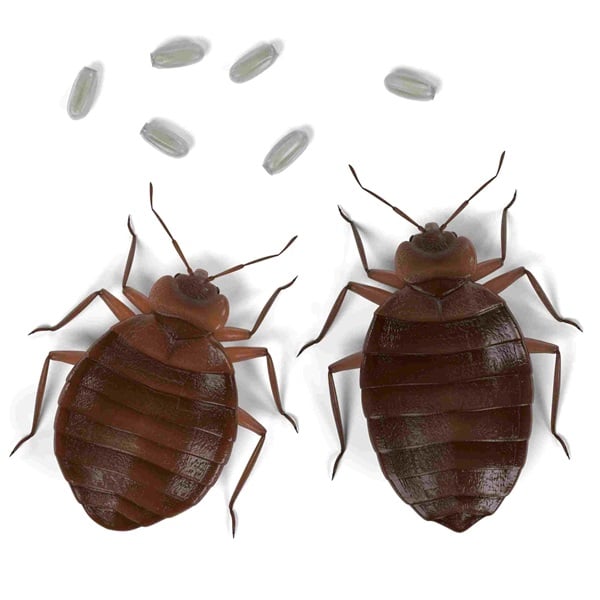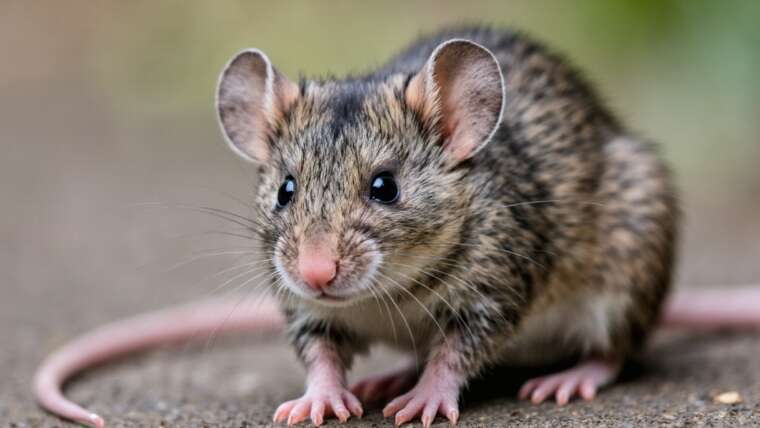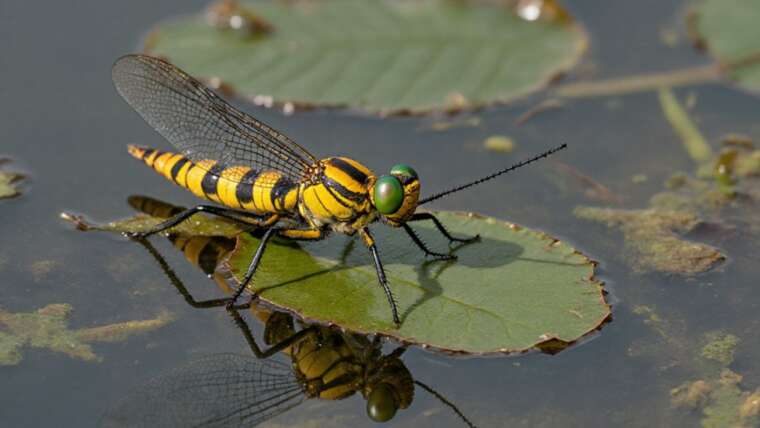Certainly! Here’s a more in-depth version of the article, complete with additional tips and facts to enhance the reader’s experience.
Understanding Bed Bugs: The Male and Female Dichotomy
There are numerous animal species where the male and female counterparts exhibit such marked differences that they almost seem like separate species. However, when it comes to bed bugs, these distinctions are subtler. While you might not wish to inspect a bed bug closely (and understandably so), there are notable differences between male and female bed bugs. Let’s delve deeper into these distinctions and explore their similarities.
Male vs. Female Bed Bugs
Similarities: Size & Behavior
Adult male and female bed bugs are generally comparable in size, both measuring close to one-fifth of an inch, roughly the size of an apple seed. Despite their small stature, they are sufficiently visible to the naked eye, especially when they congregate. Both sexes partake in nocturnal blood meals while generally avoiding detection, exhibiting stealthy behavior that contributes to their notorious reputation.
Tip: Consider using a flashlight to check for these pests at night when they are most active. The light can help illuminate them as they feed.
Differences: Shape & Reproduction
The most apparent physical difference lies in their body shape. Male bed bugs tend to have abdomens that culminate in a rounded bump, unlike the more rounded abdomens of females. These distinctions become more pronounced when the bed bugs are unfed; once they’ve fed, their shapes alter dramatically, making it challenging to differentiate between the sexes.
Reproductive roles are another critical difference. Female bed bugs are the ones responsible for laying eggs, contributing to the potential for further infestations. An individual female can lay anywhere from 200 to 250 eggs throughout her lifespan, which presents a significant concern for homeowners.
Fact: Bed bugs can mate multiple times; thus the female’s ability to store sperm allows her to fertilize eggs over time, leading to rapid population growth.
Identifying Bed Bugs: Male or Female

Although differentiating male from female bed bugs may be tricky, identifying bed bugs as a species is more straightforward. These nocturnal insects often elude detection due to their daytime hiding habits. They can stay hidden in various small crevices for extended periods, creating a perception that they are almost invisible. In reality, adult bed bugs can easily be seen with the naked eye due to their size.
Bed bugs undergo multiple life stages, each with varying physical characteristics. Here are the main stages of their life cycle:
-
Eggs: Bed bug eggs are around one-sixteenth of an inch long and white. They frequently cluster in cracks and crevices, making them challenging to spot but crucial for early identification.
-
Nymphs: These immature forms resemble adult bed bugs but are significantly smaller and can be nearly translucent, especially if they haven’t fed.
-
Adults: Adult bed bugs measure about the size of an apple seed and are brownish-red in color. Their appearance changes to a darker hue and slightly elongates post-feeding.
Tip: To prevent infestations, consider using bed bug-proof mattress encasements. These seal your mattress and box spring, making it difficult for bed bugs to hide and breed.
Signs of Infestation
If you suspect a bed bug infestation, relying on physical evidence can help you confirm it. Look out for more than just bites, as they can be tricky to distinguish from other insects or skin conditions. Here are essential signs to look for:
-
Stains: You may find small blood spots on your bedding, along with dark fecal specks that indicate their presence.
-
Clusters: Finding clusters of bed bugs or shed skins in bed corners or crevices can further confirm an infestation.
-
Bite marks: While some individuals may exhibit visible bite marks, identifying the specific cause can be complex. It’s essential to consult a healthcare professional for any concerning marks you observe.
Fact: With their ability to adapt, bed bugs can survive for months without feeding. This resilience makes early detection and intervention crucial.
How to Get Rid of Male or Female Bed Bugs?
Whether your issue is with male or female bed bugs, don’t worry—effective solutions are available. Bed bugs can be incredibly resilient and challenging to eliminate on your own, and professional help often proves most effective in addressing the issue.
Tip: If you must tackle the problem yourself, consider using high heat (above 120°F) for treatment. Bed bugs and their eggs cannot withstand prolonged exposure to high temperatures.
In conclusion, understanding the differences between male and female bed bugs, as well as how to identify and manage them, is essential in protecting your home and health from these pesky insects. If you suspect an infestation, don’t hesitate to reach out for professional help; tackling bed bugs early can save you from more significant headaches down the line.





